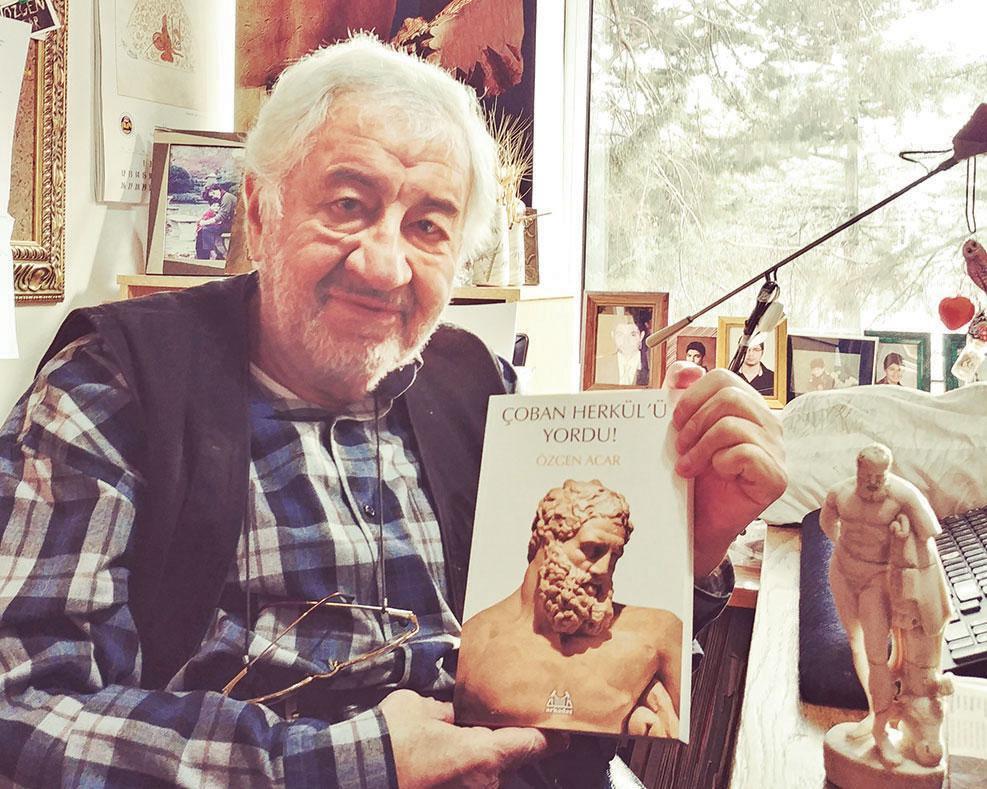
The researcher and writer Özgen Acar has released a new book called “Çoban Herkül’ü Yordu” (Çoban Tired Heracles), chronicling the unknown facts about the smuggling of historical artifacts in the ancient city of Perge in southern Turkey over the last half century.
The book is named after the sculpture “Weary Heracles,” the bottom part of which was found during archaeological excavations in Perge and the top part was smuggled to the U.S.
Acar detected the traces of the top half when he was in New York.
As a result of 31-year efforts at the national and international levels, the top of the Roman-era sculpture was repatriated from Boston Museum.
The marble sculpture was put on display at Antalya Museum after two parts were attached to each other.
The leading actor of this smuggling was villager Süleyman Çoban, whose surname is in the title of the book. He worked at the archaeological excavations in the ancient city of Perge and marketed various artifacts removed from the excavations to the world.
Çoban was the only person who unearthed the top half of the Weary Heracles sculpture during archaeological excavations in 1979, succeeding in hiding it from excavation officials by covering it with earth. He then sold it to smugglers.
Carved in the 2nd century A.D., the sarcophagus weighs nearly three tons with a height of approximately 135 centimeters and width of 112 centimeters.
It belongs to the Minor Asia Tombs group and the “Torre Nova” type.
[HH] Artifacts return to Antalya
Another Perge artifact that Acar brought to Turkey is the Sarcophagus of the Garlands, which is on display at Antalya Museum.
The artifact was returned from Brooklyn Museum in New York to Turkey after an effort of five years.
In the book, the Roman sarcophagus with mythological scenes, which was smuggled from Perge and returned later on, and other historical heritage are being told personally by archaeologists who worked in the excavations in Perge for years. The book tells the unwritten history of Perge.
Local, national and international documents related to all smuggling incidents are presented for the first time in the book, as well as some unseen visuals.
The ancient city of Perge is situated 17 kilometers east of Antalya, within the borders of Aksu. The monumental structures of the city have been excavated since 1946, and due to the excavated sculptures Antalya Museum has one of the richest collections of Roman sculptures.